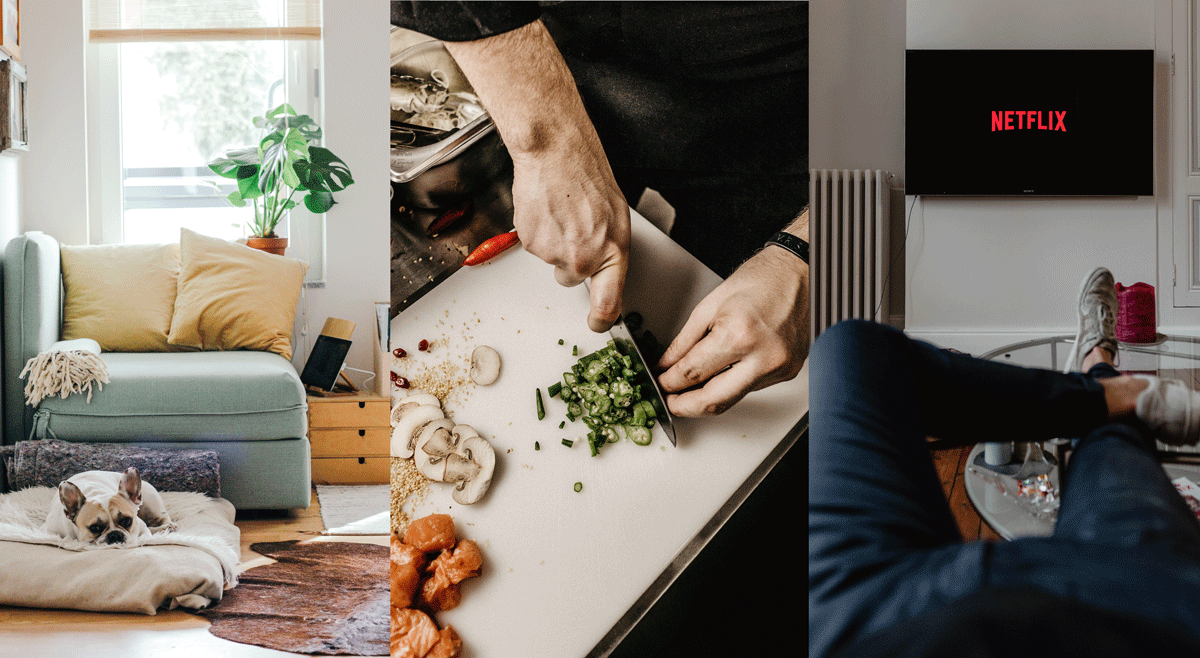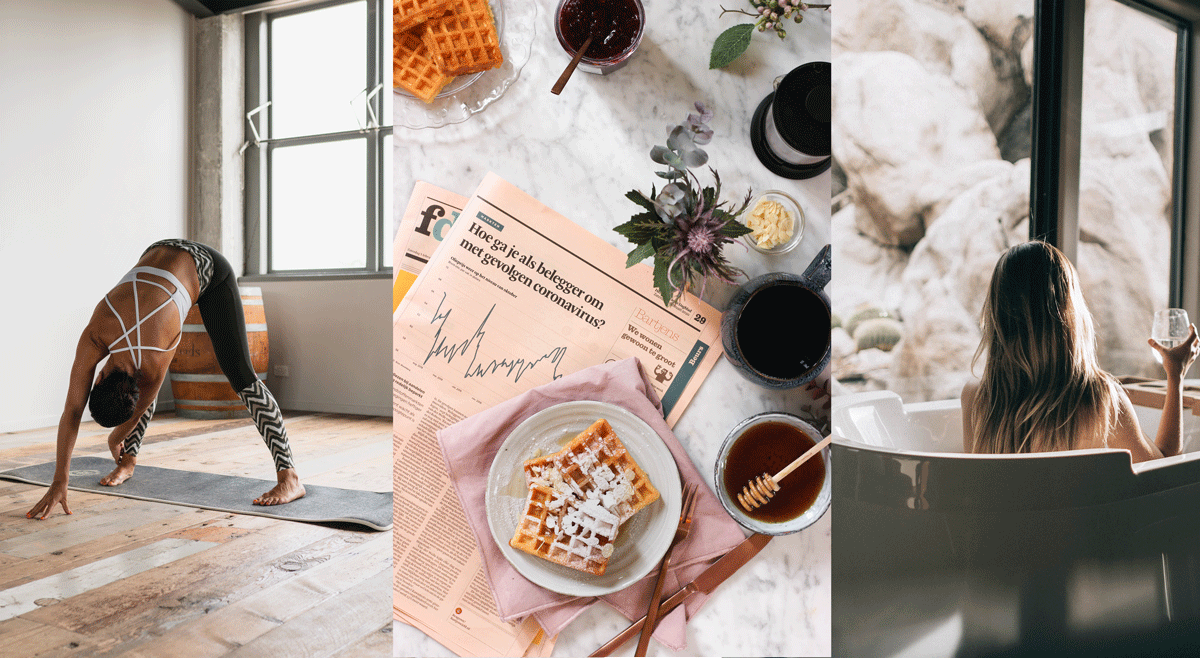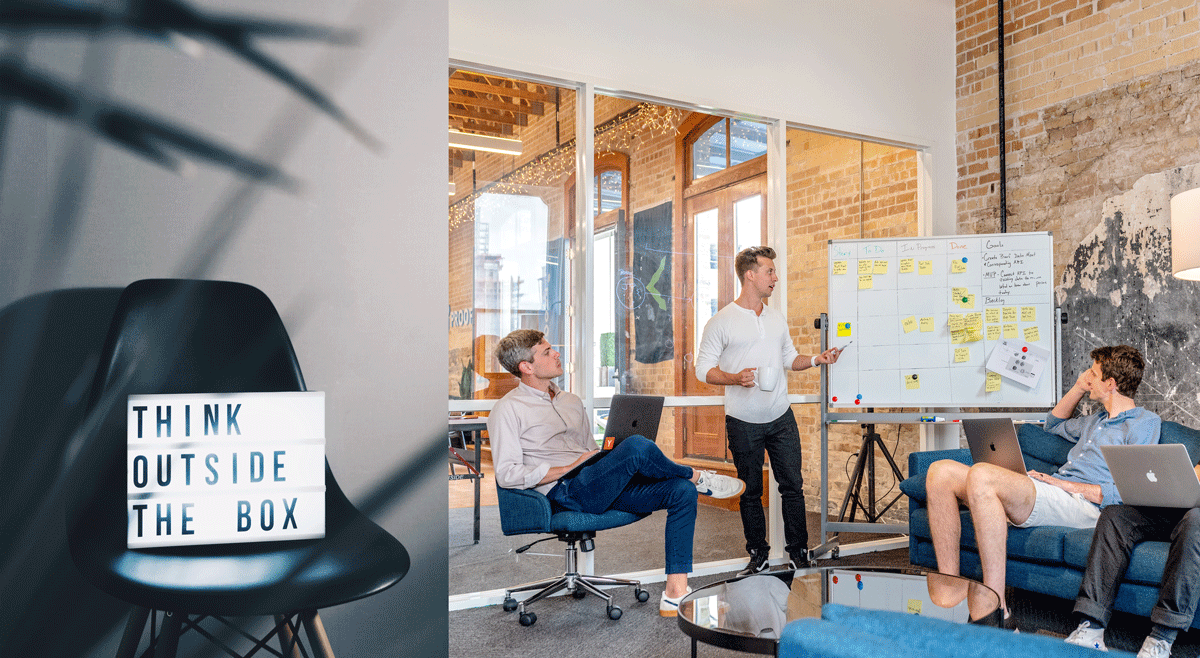The “stay at home economy” – What’s happening?

As coronavirus entered our lives, limiting our movement within our homes, a new reality-and economy-is created. Our home is now our office, restaurant, gym, school and shopping center.
The impact on our economy is inevitable. Our consumer habits have also changed rapidly propelling forward the “stay at home” economy. This means that people are expected to spend much more on certain product categories such as food or home products and at the same time start living more digitally. E-commerce will now be a necessity and many other parts of our everyday life are now mainly digital.
Our screens and internet connection have become our life by keeping us sane and connected. Social media are enriching more than ever our days with inspiration, comfort and creativity. Influencers are playing a protagonist role in this new reality dynamic.
Influencers – What’s changing?

Influencers are now even more digitally and emotionally attached to their followers. Their engagement rates are growing day by day and people trust them to get inspiration in this new environment. They also have an even greater impact on e-commerce sales.
The quarantine that is taking place now is also making TikTok, an emerging social media platform mostly popular among teenagers, reach a much bigger mainstream audience. The coronavirus period will be over sooner or later but the popularity of TikTok will probably remain and produce our next wave of influencers.
Of course, many influencers see many of their campaigns postponed or cancelled now, but on the other hand, the campaigns that are fulfilled get more and more engagement. And while commercial photoshoots and tv campaigns can no longer be produced, the influencers’ DIY-content driven campaigns are still feasible, making them ideal communication vehicles for this period.
So how can you take advantage of this period as a marketing manager? Should you invest in influencer marketing and how?
What can you do? – Do’s and Dont’s

Many brands are reluctant to spend on traditional marketing during this period either because their sales are decreasing or because they feel like it is not the right time to focus their marketing on hard sales. So many of them remain silent and don’t appear at all in the consumer daily routine.
On one hand that’s true. No one should advice brands to focus on too commercial sponsored posts now. People are feeling lonely, stressed and probably they are afraid of spending much money. So anything that would say “why don’t you buy my fancy product now?” would look weird, irritating and definitely out of context.
On the other hand, anything that your brand could make to comfort people during coronavirus could be the strategy for your marketing campaigns. Giving back to the community is the right way to go. It could be CSR, it could be giveaways or discounts to people that are in need. It could just be a guideline of how people could stay healthy and improve their staying indoors by using your products. Adapt your services to this new reality and engage with your customers in a new way.
People are expecting brands to be with them in this struggle. This could mean that you should digitally transform your services to an extend. Focus on e-commerce and think out of the box. In this new reality, a coffee brand could sponsor a digital gathering of influencers, a beauty brand could give free beauty masks to those still working hard and a kids brand could live-stream fairytales to keep kids active. In all these marketing activities influencers should be your trusted allies. Youtubers, beauty bloggers and mommy bloggers could help you communicate the human face of your brand in the campaign examples mentioned above.
Many brands have already followed this strategy. Oysho, a fitness fashion brand, for example, has launched a live stream series of fitness videos with influencers and Zara Home, a houseware brand, has released blogposts with cooking recipes from bloggers.
So, what will your next influencer marketing campaign be?
